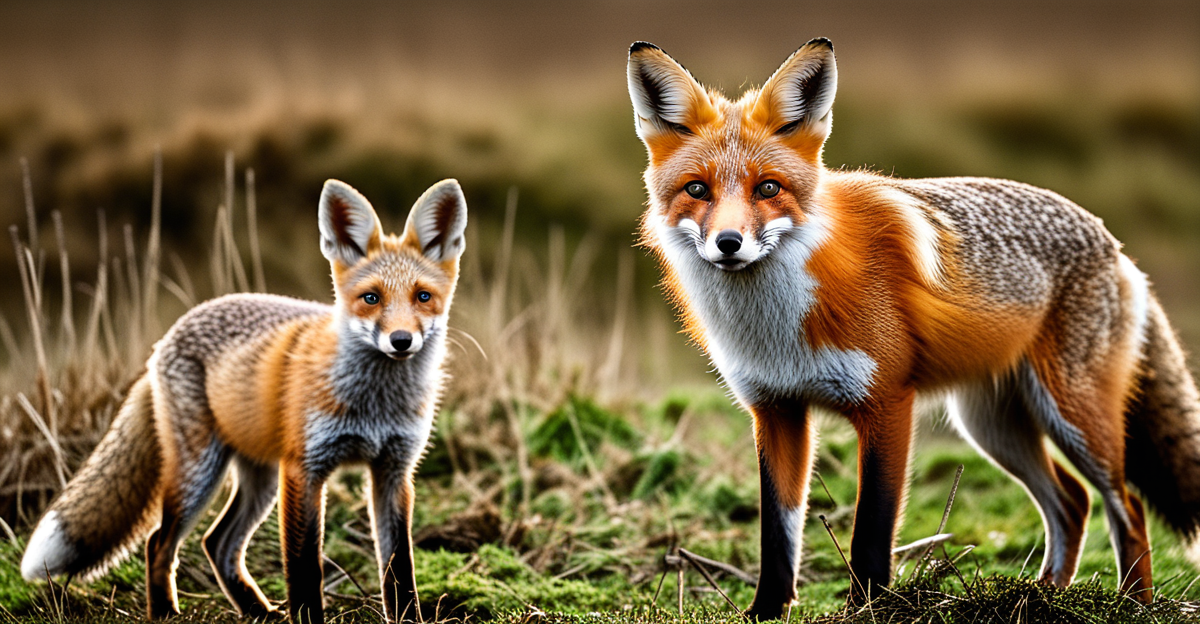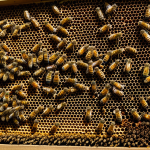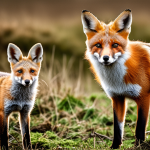Overview of New UK Hunting Regulations
The recent changes in UK hunting regulations are part of a concerted effort to safeguard wildlife, notably foxes and hares. These changes reflect a growing acknowledgment of the importance of wildlife protection and the need for sustainable hunting practices. The objectives behind these regulations primarily revolve around ensuring a stable ecosystem while also respecting the cultural aspects of hunting.
The government, alongside conservation bodies, played a significant role in drafting these new regulations. Their collaborative efforts were directed toward developing a legal framework that balances ecological needs with traditional hunting practices. The updated laws intend to curb activities detrimental to wildlife populations, thus providing enhanced protection against over-hunting and habitat destruction.
Also to discover : Restoring oyster habitats: innovative approaches to boost recovery in uk coastal areas
These new regulations aim to mitigate the negative impact of hunting on vulnerable species, ensuring that foxes and hares receive the protection they require. By prioritizing wildlife protection, the UK can achieve a sustainable and ethical hunting environment, which will not only benefit animal populations but also contribute to broader conservation goals.
Specific Protections for Foxes and Hares
Understanding the specific conservation measures for fox and hare populations is crucial in realising the full impact of the new UK hunting regulations. These measures are designed to ensure that these animals, widely recognised as vulnerable species, receive targeted protections that directly benefit their survival and habitat.
Also to see : Protecting british wildlife: a comprehensive guide to supporting amphibian conservation during migration seasons
Protecting Foxes
Under the new regulations, fox protection has become a priority. Specific provisions limit hunting seasons and restrict the methods by which foxes can be pursued. This results in reduced stress on their populations, allowing numbers to stabilise and even increase in certain areas. For instance, certain case studies have showcased regions where these limitations led to a noticeable rebound in fox populations within just a few breeding seasons. Such outcomes highlight the potential long-term ecological benefits of these regulations for wildlife conservation.
Protecting Hares
Similarly, hare populations have been granted enhanced protections. These hare protection measures focus on protecting their natural habitats from destruction or alteration, ensuring sustainable environments for populations to thrive. Experts argue that such protections are critical during breeding seasons when hares are most vulnerable. Additionally, by showing dedicated support for maintaining hare habitats, the regulations address broader conservation goals, promoting biodiversity and the health of ecosystems. Conservationists praise these initiatives as vital steps towards ethical hunting practices in the UK, ensuring that traditional activities can coexist with wildlife needs.
Enforcement of New Regulations
The enforcement of the new UK hunting regulations represents a critical step in ensuring their success. This involves a coordinated effort between local authorities and wildlife organizations to monitor compliance and address wildlife crime effectively. Local authorities are tasked with utilizing monitoring systems designed to track hunting activities and ensure alignment with legal requirements. By implementing these systems, authorities can more accurately assess compliance rates and detect any breaches promptly.
In addition to surveillance technologies, the role of wildlife organizations in regulation enforcement is invaluable. These groups often act as watchdogs, providing crucial data and reports on hunting practices. They collaborate closely with legal bodies to initiate investigations and, in some cases, pursue legal action against offenders, thus acting as a deterrent to illegal hunting activities.
Challenges in enforcement are inevitable, with limited resources and complex ecosystems posing significant obstacles. Nonetheless, the establishment of robust partnerships and collaboration among stakeholders is essential in overcoming these difficulties. It is through a combined effort that the long-term goals of the regulations — protecting foxes and hares and ultimately promoting ethical hunting — can be achieved.
Public Response and Engagement
The introduction of new UK hunting regulations has sparked varied reactions across the country. Public opinion has generally tilted toward supporting these measures, recognizing the critical need for enhanced wildlife protection of species like foxes and hares. However, some individuals and groups expressed concerns about the regulations’ impact on traditional hunting practices. This divergence in views highlights the complexity of aligning conservation goals with cultural traditions.
Wildlife advocacy groups have been instrumental in shaping public discourse around these regulations. By leveraging media campaigns and community outreach programs, these organizations effectively raise awareness about the ethical and ecological benefits of the new laws. Their efforts underscore the importance of protecting vulnerable species and ensure that the public is informed and engaged in wildlife preservation efforts.
Community involvement plays a pivotal role in the successful implementation of these regulations. Opportunities for public engagement range from participating in local conservation projects to voicing support for sustainable hunting practices. Such involvement not only fosters a collective sense of responsibility toward wildlife protection but also enhances compliance with the laws.
Resources for Further Information
Discovering comprehensive wildlife protection resources is essential for those keen on deepening their understanding of the new UK hunting regulations. Several organizations are actively involved in promoting wildlife conservation and ethical hunting practices.
Key Conservation Organizations
- The Royal Society for the Protection of Birds (RSPB) focuses on protecting avian species and their habitats, offering a wealth of resources on sustainable practices.
- The Wildlife Trusts network consists of 46 individual trusts dedicated to conserving local wildlife, providing insights into regional conservation challenges and successes.
Informative Websites and Publications
For detailed hunting regulation information, the UK government’s official website is a reliable source, outlining legal requirements and guidance on sustainable hunting practices. Additionally, the British Ecological Society publishes research on ecological impacts and conservation strategies, making it a valuable resource for academics and policymakers alike.
Local Advocacy Groups
Local wildlife advocacy groups, such as Wildlife Justice UK, can offer personalized advice and opportunities for community involvement in conservation projects. Engaging with these organizations not only supports wildlife protection efforts but also offers practical insights into applying the regulations at a community level.
By accessing these resources, individuals can stay informed and contribute effectively to wildlife conservation efforts in the UK.
Purpose and Benefits of the Regulations
Understanding the wildlife conservation benefits of the new UK hunting regulations is critical to appreciating their broader impact. These laws ensure legal protection for vulnerable species, like foxes and hares, which face pressures from hunting and habitat loss. By enforcing stricter controls, the regulations aim to safeguard these animals, fostering healthier ecosystems.
The ecological outcomes anticipated from these enhanced protections are numerous. With a focus on preserving natural habitats and limiting over-hunting, the regulations help stabilize animal populations and promote biodiversity. This approach benefits not just the target species but the entire ecosystem, encouraging a balanced and sustainable environment.
From an ethical standpoint, these regulations redefine hunting practices in the UK, promoting respect and responsibility towards wildlife. Hunters are encouraged to adopt sustainable practices, aligning traditional activities with modern conservation goals. This shift not only protects wildlife but also upholds ethical standards in line with public sentiment for greater wildlife conservation benefits. In doing so, the new regulations pave the way for coexistence between human activities and nature, reflecting a progressive step in wildlife management.









